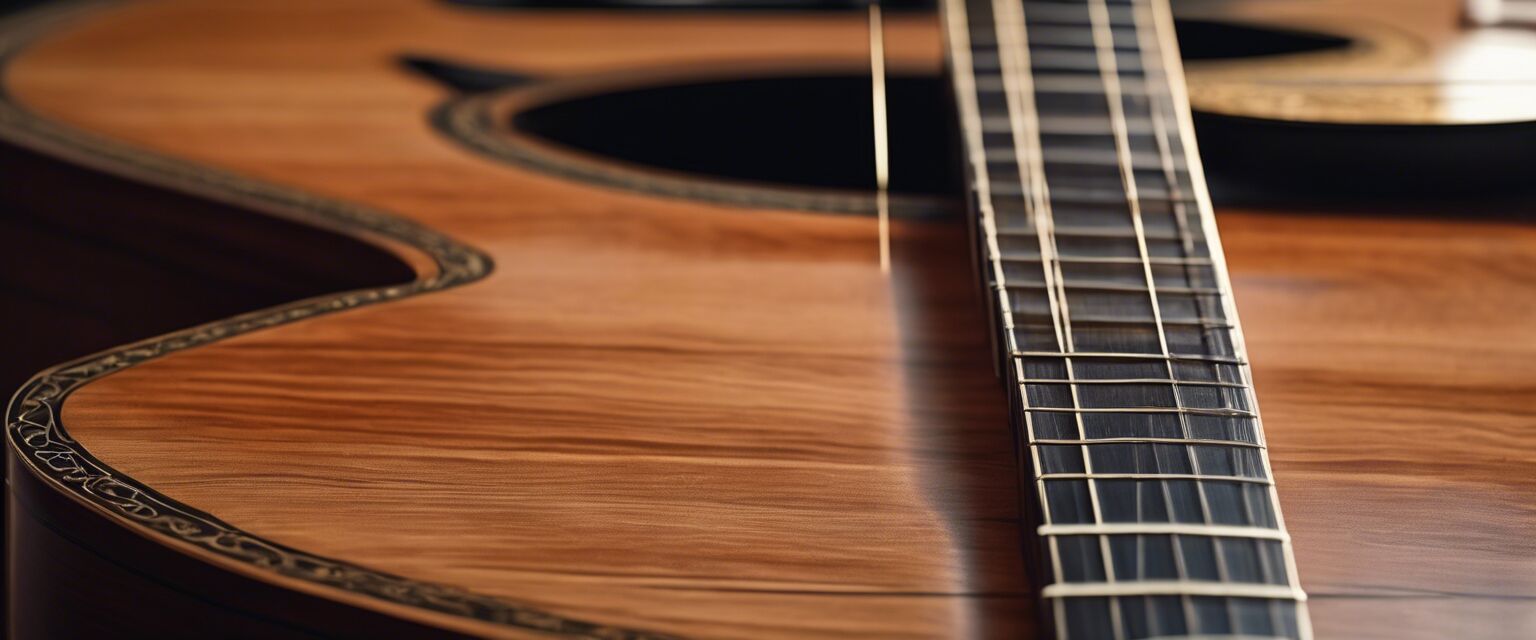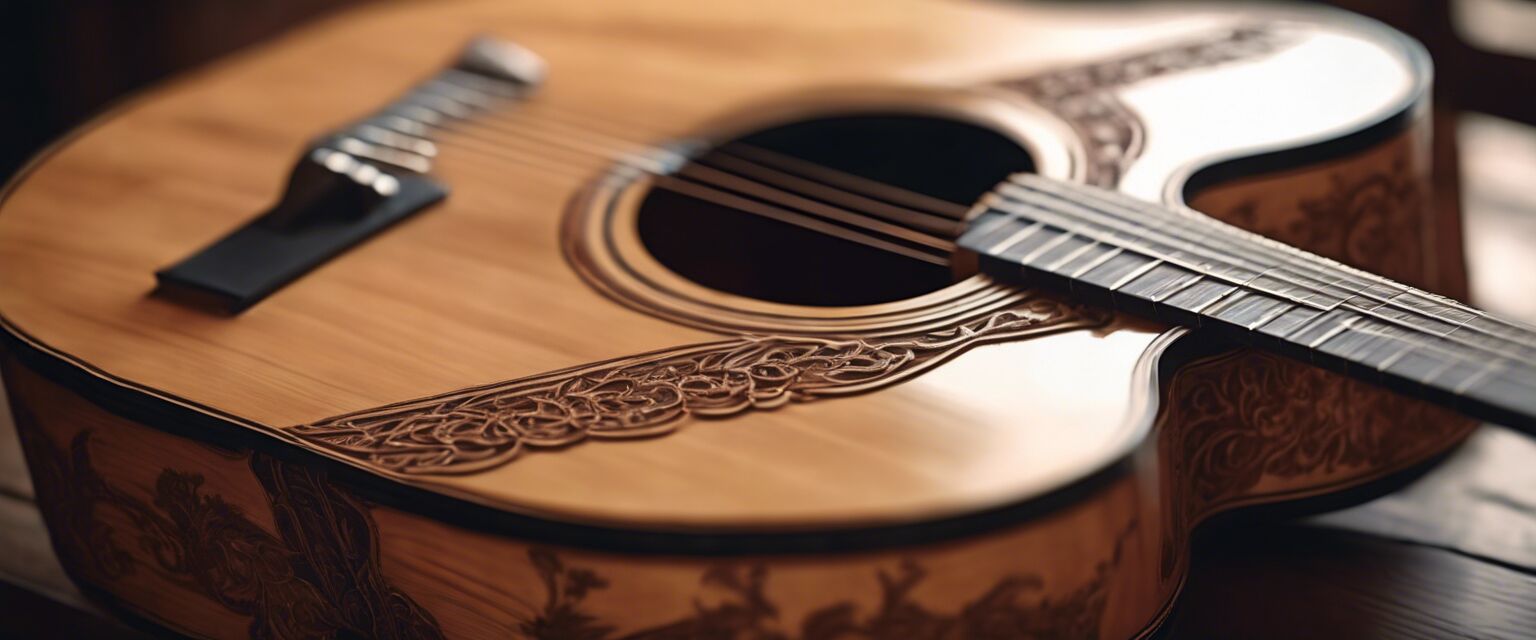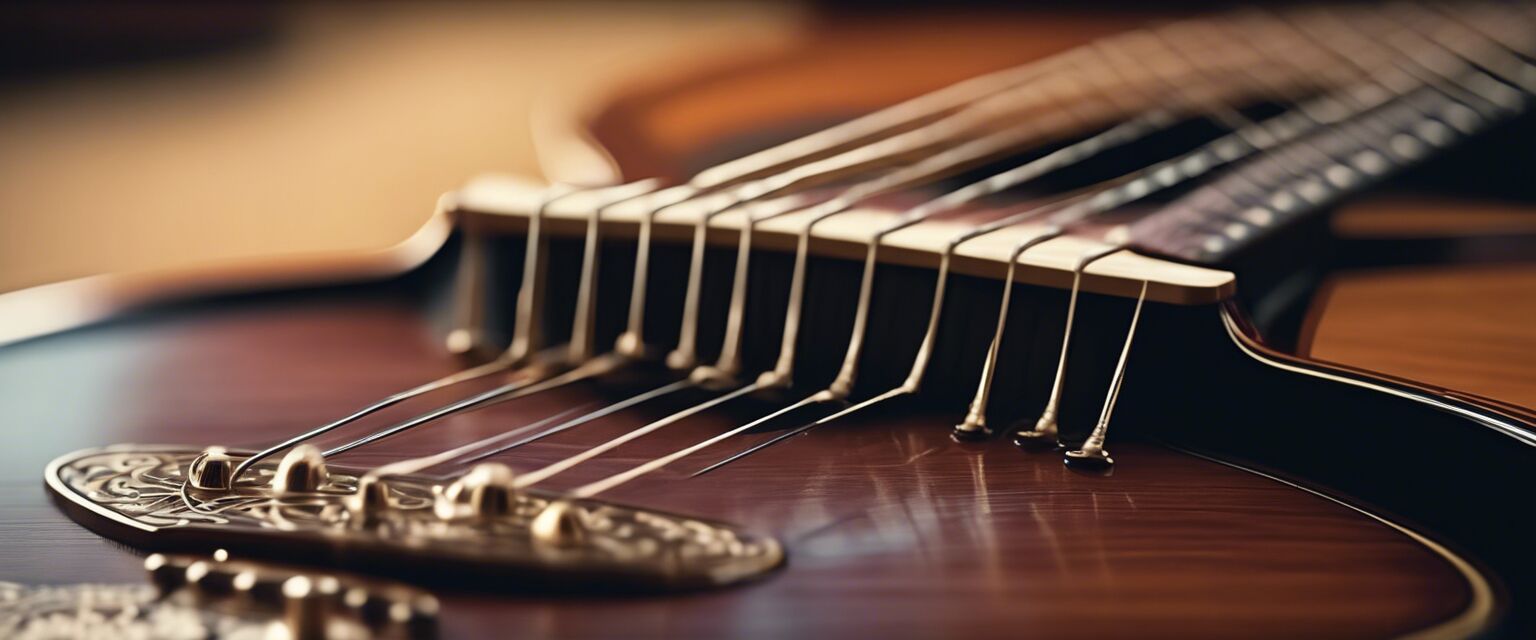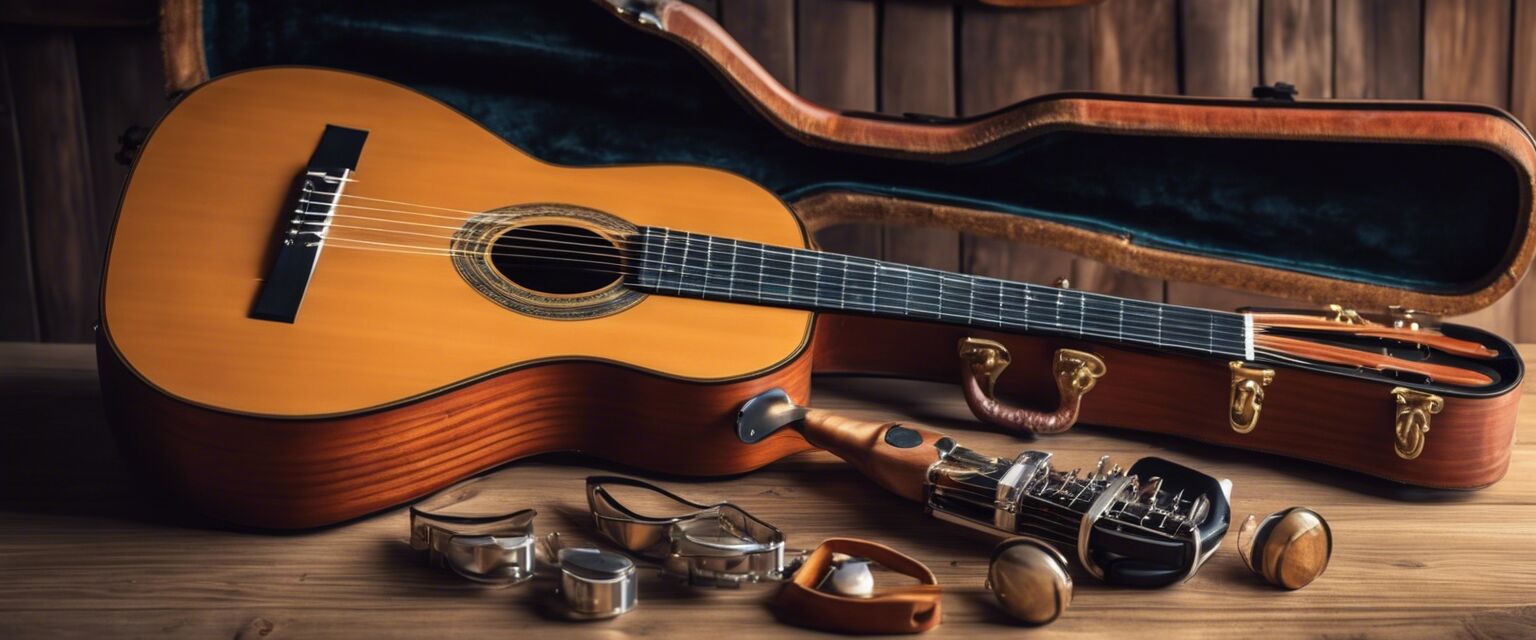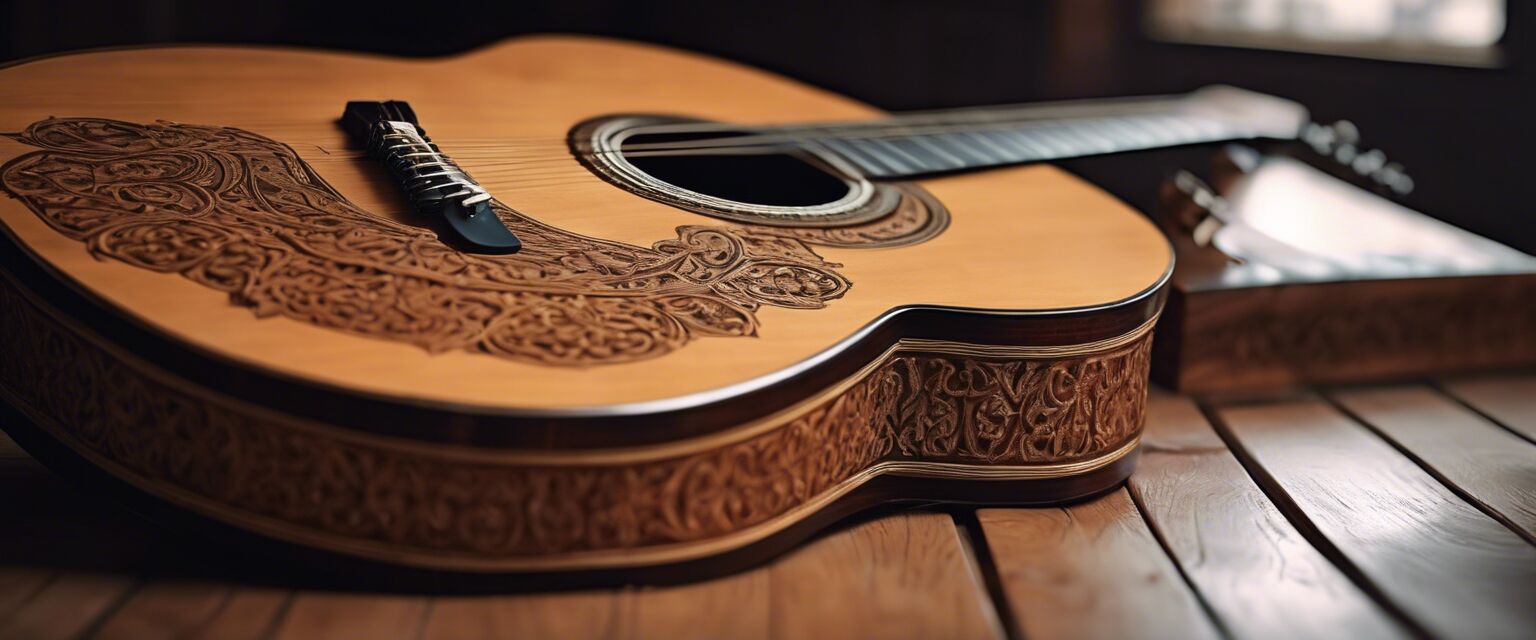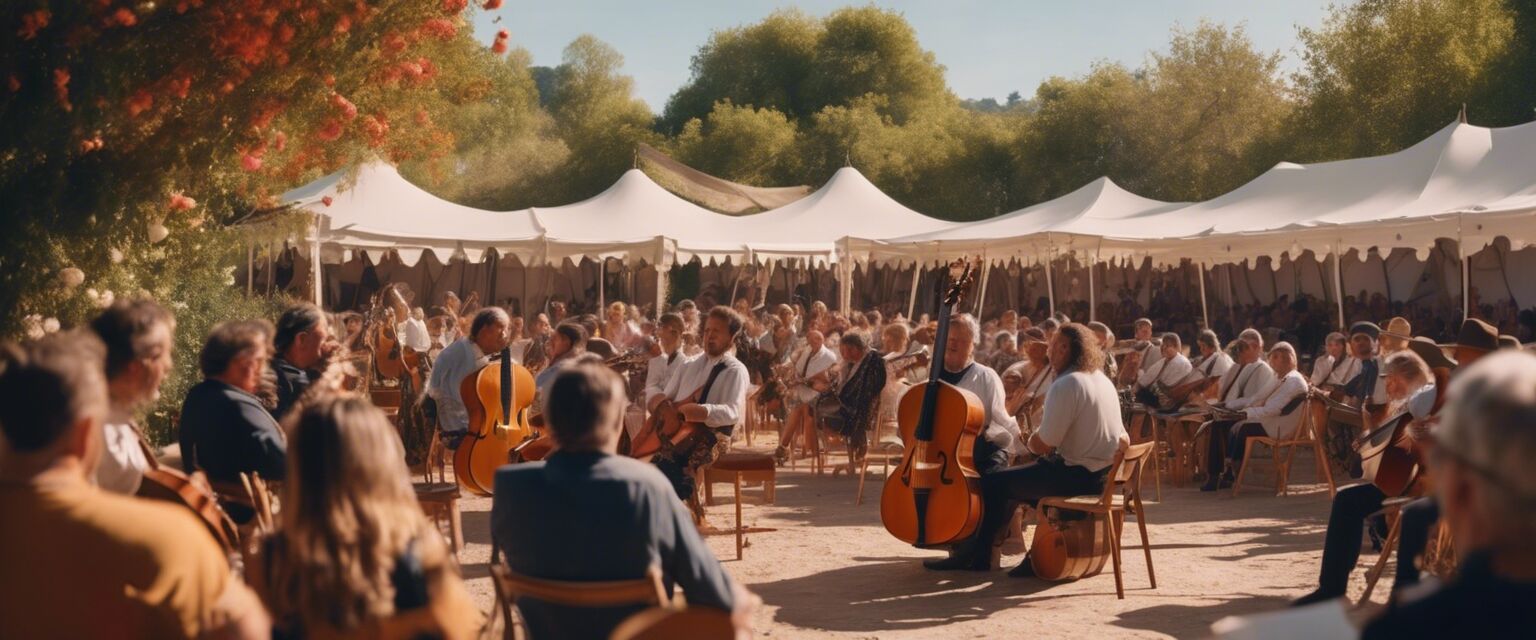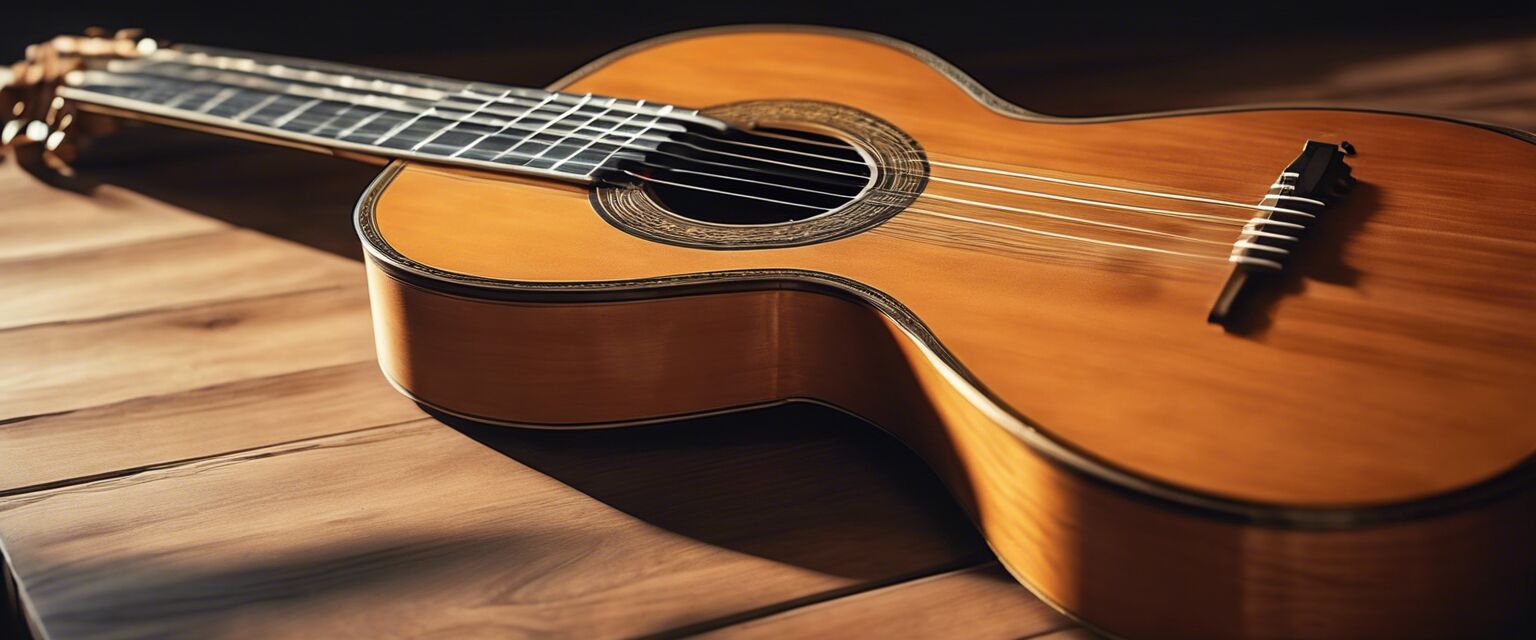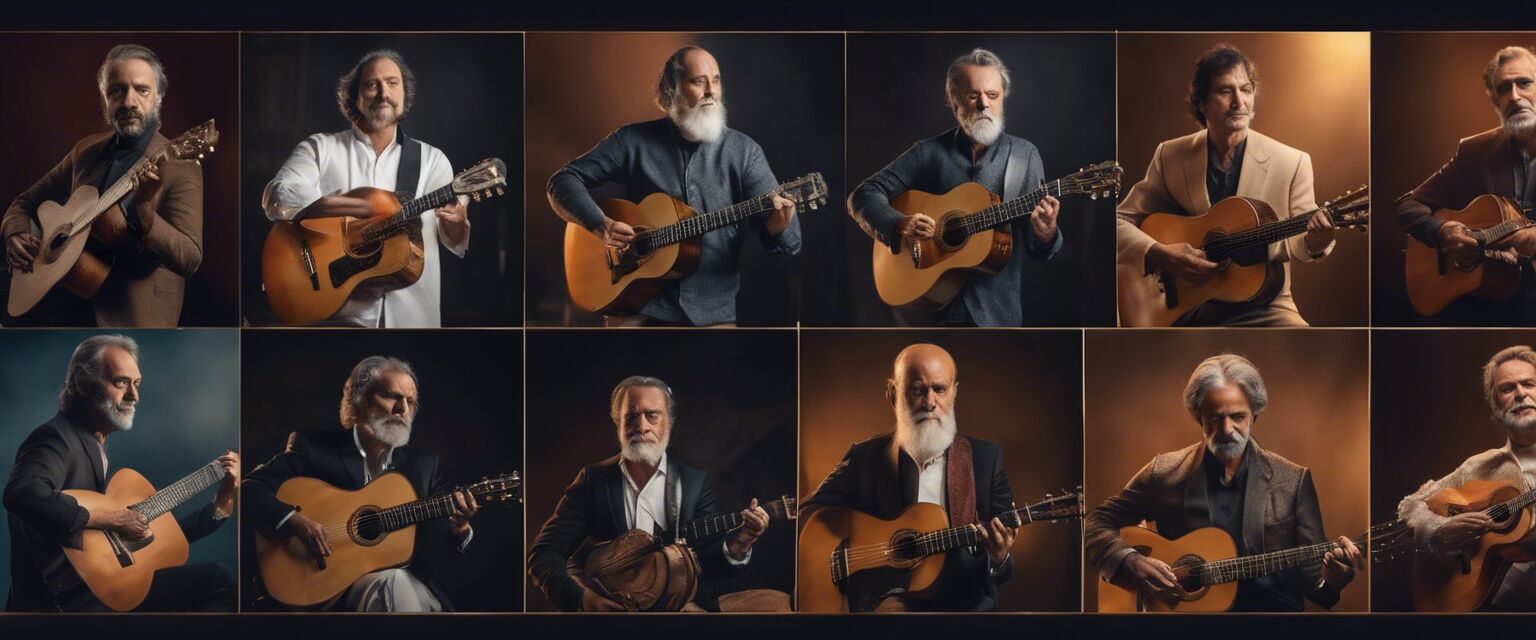
Famous Classical Spanish Guitarists
Discover the greats! Profiles of the most influential classical Spanish guitarists.
Key Takeaways
- Classical Spanish guitarists have played a significant role in shaping the music genre.
- Many of these artists have unique styles and techniques that have influenced generations of musicians.
- Understanding their contributions can enhance your appreciation of classical guitar music.
Introduction to Classical Spanish Guitarists
The art of classical Spanish guitar has been enriched by numerous talented musicians throughout history. Their mastery of the instrument and innovative techniques have left a lasting impact on music. In this article, we profile some of the most famous classical Spanish guitarists, exploring their backgrounds, styles, and contributions to the genre.
Table of Influential Classical Spanish Guitarists
| Name | Birth Year | Notable Works | Style |
|---|---|---|---|
| Andrés Segovia | 1893 | âFantasÃa,â âSiete Canciones Populares Españolasâ | Classical |
| Julian Bream | 1933 | âNocturnal,â âThe Guitar Recitalâ | Classical / Contemporary |
| Paco de LucÃa | 1947 | âSiroco,â âAlmoraimaâ | Flamenco / Classical |
| Manuel Barrueco | 1966 | âAyer,â âSonatasâ | Classical |
| Angel Romero | 1944 | âConcerto for Guitar,â âThe Spanish Guitarâ | Classical |
Profiles of Notable Classical Spanish Guitarists
Andrés Segovia
Andrés Segovia is often regarded as the father of the modern classical guitar. He was instrumental in elevating the guitar's status as a concert instrument and is known for his technical precision and expressive playing style. His transcriptions of classical pieces for guitar are still widely performed today.
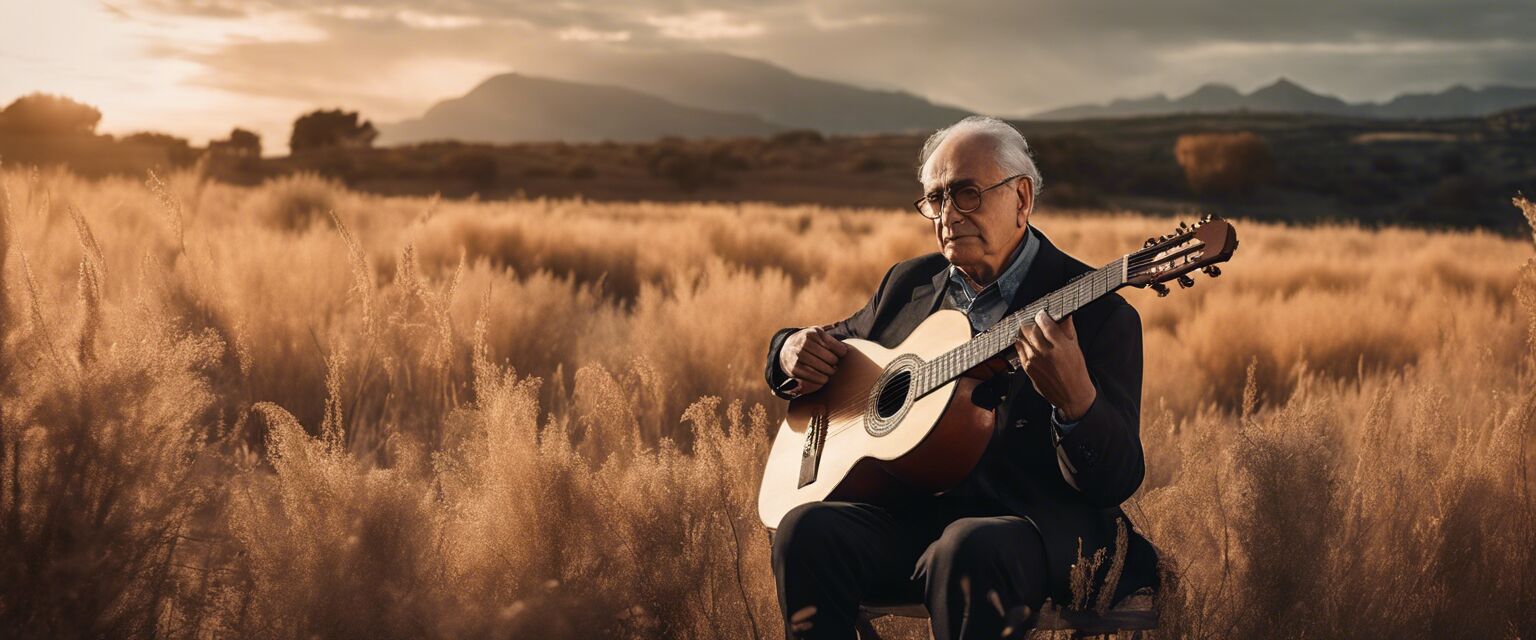
Julian Bream
Julian Bream is a celebrated guitarist and lutenist known for his eclectic approach to music. He has championed both classical and contemporary works, making significant contributions to the repertoire. His performances often blend traditional and modern styles.
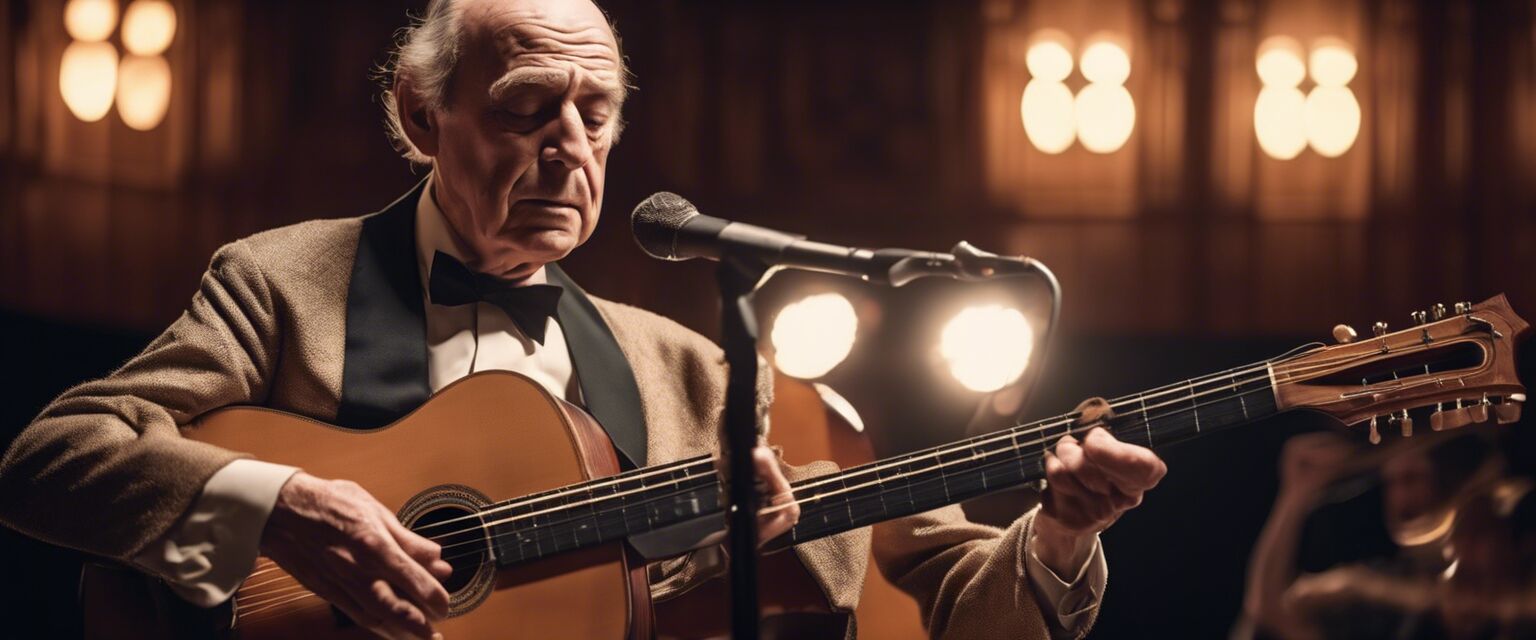
Paco de LucÃa
Paco de LucÃa was a revolutionary flamenco guitarist whose innovative techniques and compositions changed the landscape of Spanish music. His collaboration with jazz musicians and classical composers led to the fusion of genres, creating a new sound that captivated audiences worldwide.
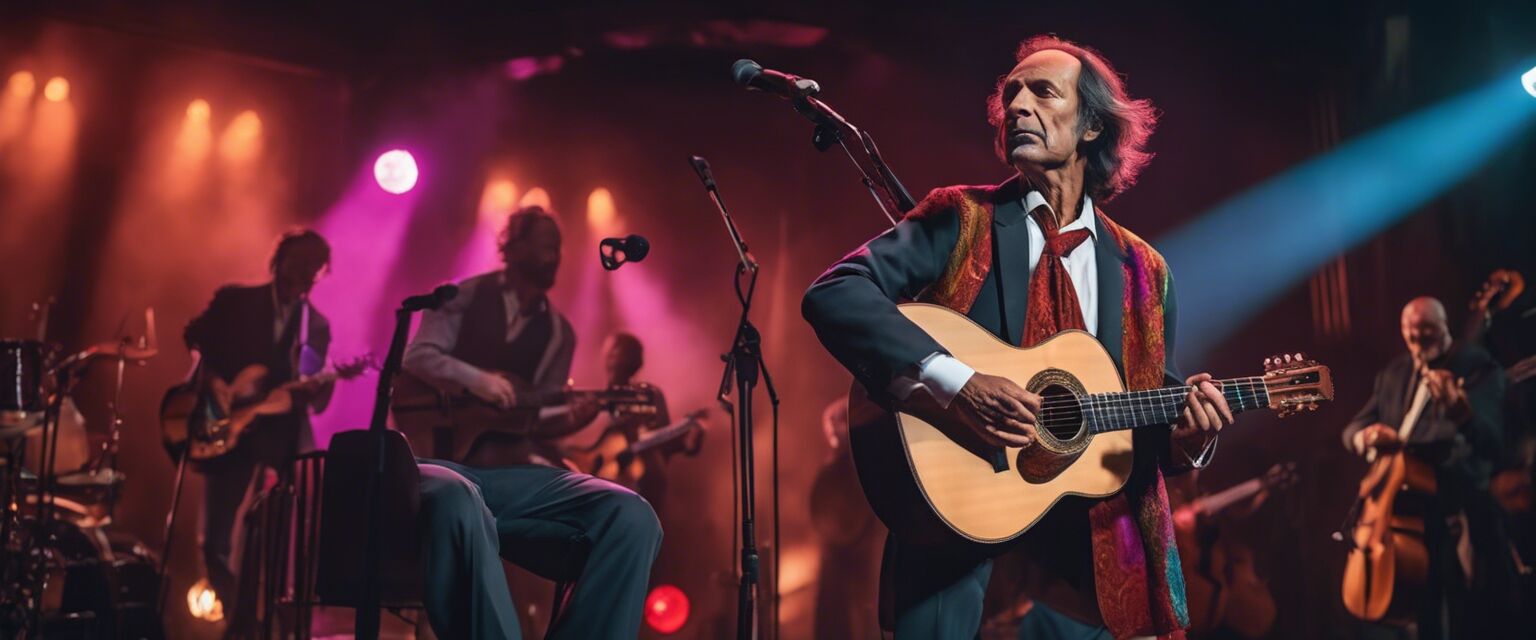
Manuel Barrueco
Manuel Barrueco is known for his lyrical playing and technical skill. His performances showcase a deep understanding of classical guitar literature, and he has worked with acclaimed orchestras and conductors, bringing guitar music to the concert stage.
Angel Romero
Angel Romero is a renowned guitarist who has contributed to both classical and flamenco music. He is recognized for his expressive style and has performed internationally, showcasing the beauty of the Spanish guitar.
Influence of Classical Spanish Guitarists
The influence of these guitarists extends beyond their individual performances. They have inspired countless musicians and guitarists to explore the depths of classical guitar music. Their recordings and compositions remain integral to guitar education and performance.
Exploring Classical Guitar Techniques
Many classical Spanish guitarists employ unique techniques that enhance their musical expression. Here are some common techniques:
- Rasgueado: A strumming technique that adds rhythm and texture.
- Pizzicato: Plucking the strings with fingers for a different tonal quality.
- Arpeggio: Playing the notes of a chord in a sequence rather than simultaneously.
- Legato: A smooth and connected style of playing.
Tips for Aspiring Guitarists
Getting Started with Classical Guitar
- Invest in a quality guitar to enhance your learning experience.
- Practice regularly to build muscle memory and develop your skills.
- Listen to recordings of famous guitarists to understand different styles.
- Consider taking lessons from a qualified instructor.
- Join a community of guitarists to share experiences and learn from one another.
Conclusion
The world of classical Spanish guitar is rich with history and artistry. The contributions of these influential guitarists have shaped the genre and continue to inspire new generations of musicians. By studying their techniques and understanding their backgrounds, aspiring guitarists can cultivate their own unique styles and deepen their appreciation for this exquisite form of musical expression.
Pros
- Inspires creativity and personal expression in music.
- Enhances understanding of musical theory and composition.
- Provides a connection to cultural heritage and history.
Cons
- Can be challenging to master technical skills.
- Requires time and dedication to achieve proficiency.
- Quality instruments can be expensive.
Further Resources
To learn more about classical Spanish guitar, consider exploring the following links:
